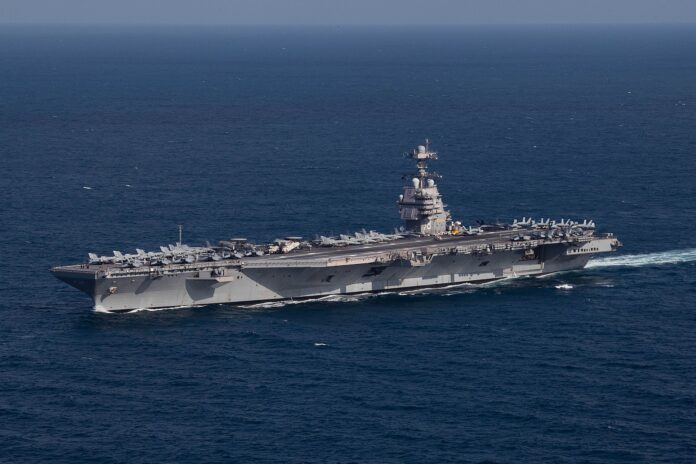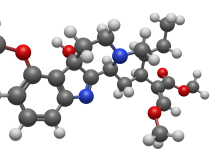
The Pentagon announced the deployment of the USS Gerald R. Ford carrier strike group to the Caribbean, expanding a U.S. military campaign against drug trafficking that has already targeted suspected smuggling vessels. Officials say the move brings the Navy’s most advanced carrier, its air wing of F/A-18s and support aircraft, and several escort ships closer to Venezuela’s coast as the Ford ends its Mediterranean deployment.
Pentagon spokesman Sean Parnell said the deployment will expand the military’s ability to detect, monitor and disrupt illicit networks that threaten U.S. security in the Western Hemisphere. Defense leaders have framed the operation as a counter-narcotics mission, but the carrier’s capacity for air strikes and for suppressing air defenses marks a shift toward options that include strikes on land if political and legal conditions allow.
President Donald Trump said “the land is going to be next,” suggesting strikes beyond maritime targets, and directed Defense Secretary Pete Hegseth to brief Congress on plans. Hegseth has described the strikes as necessary to stop the flow of fentanyl and other narcotics into the United States.
The administration has conducted a series of attacks on vessels it says were carrying drugs and has released footage. Officials provide casualty figures, but independent confirmation of the intelligence behind the strikes has been limited. Lawmakers from both parties have demanded more detailed briefings and legal analyses about the justification and effect of the operations.
Venezuelan President Nicolás Maduro denounced the expanded U.S. presence, accusing Washington of fabricating a war to destabilize his government. Caracas warns that increased U.S. military activity near its shores raises the danger of miscalculation. Regional experts note carriers are powerful tools for projection but are not optimized for counternarcotics search tasks; their principal utility lies in strike and support roles.
The Ford’s arrival would nearly double the number of U.S. forces afloat in the region. Officials say the carrier group adds thousands of sailors, dozens of aircraft and extra missile capacity on escort ships that could be used for land-attack missions. Analysts also emphasize carriers are scarce assets and keeping one on station long term is difficult because other commands will request its return for other contingencies.
Questions about the legal framework for striking vessels or shores have intensified. Some administration officials call certain trafficking groups participants in a non-international armed conflict, while critics argue that characterization lacks public evidence. Members of Congress and intelligence panel leaders have asked for assessments from legal and intelligence authorities to clarify whether the strikes comply with U.S. and international law.
As the Ford transits to the Caribbean, the deployment raises strategic issues about using conventional military power against criminal networks and the intersection of counter-narcotics aims with rivalry over influence in Latin America. For now, the move signals a harder-edged approach from Washington that will test military, diplomatic and legal limits in the months ahead.
Regional leaders and partners will watch closely as policymakers weigh whether military pressure or law-enforcement cooperation offers the best path to curb drug flows and violence.
Image is in the public domain and was uploaded by U.S. Navy photo by Mass Communication Specialist 2nd Class Jackson Adkins.







